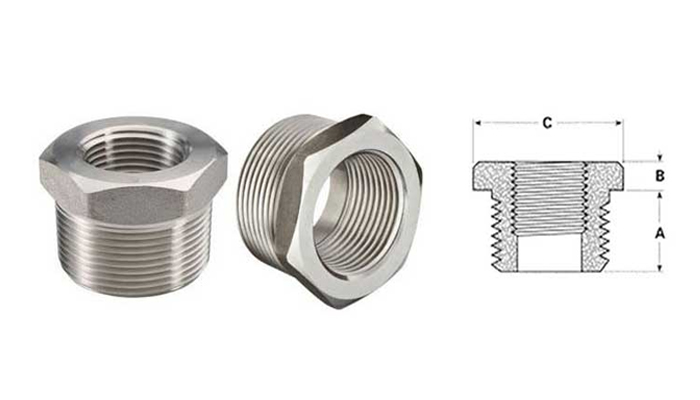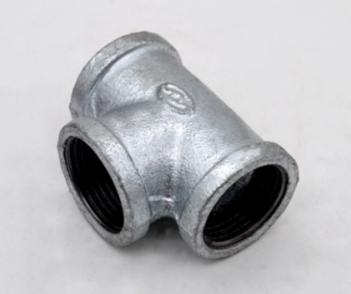What is a Bushing in Plumbing?
A bushing is a type of mechanical component used in plumbing systems to reduce friction and noise. It is a cylindrical or spherical shaped component that is placed between two moving parts. Such as pipes or fittings, to absorb shock and vibrations. The bushing helps to distribute the forces applied to the moving parts, reducing the amount of stress and strain on the components.
What is a Bushing in Plumbing?
A bushing is a type of mechanical component used in plumbing systems to reduce friction and noise. It is a cylindrical or spherical-shaped component that is placed between two moving parts. Such as pipes or fittings, to absorb shock and vibrations. The bushing helps to distribute the forces applied to the moving parts. Reducing the amount of stress and strain on the components.
Bushings are popular in plumbing systems to reduce the amount of friction and noise caused by the movement of pipes and fittings. They are particularly useful in applications. Where there is a lot of movement or vibration, such as in shower heads, faucets, and toilet flush valves.
Types of Bushings
There are several types of bushings used in plumbing, including:
Ball bearings: These are the most common type of bushing used in plumbing. They are made of a hard, ceramic material and are designed to rotate freely within a bearing.
Roller bearings: These are similar to ball bearings, but have rollers instead of balls. They are more durable and can withstand higher temperatures than ball bearings.
Bearing blocks: These are made of a solid block of material and are designed to support the weight of the pipe or fitting without rotating.
Sealing bushings: These are designed to seal the gap between two moving parts, such as a pipe and a faucet. They are made of a flexible material and are designed to conform to the shape of the pipe.

Benefits of Bushings
Using bushings in plumbing systems has several benefits, including:
- Reduced noise: Bushings help to reduce the noise generated by the movement of pipes and fittings.
- Smoother operation: Bushings help to distribute the forces applied to the moving parts, resulting in smoother operation and reduced wear on the components.
- Increased efficiency: Bushings help to improve the efficiency of the plumbing system by reducing the amount of energy lost due to friction.
- Longer lifespan: Bushings can extend the lifespan of pipes and fittings by reducing the amount of stress and strain on the components.
Conclusion
In conclusion, bushings are an essential component in plumbing systems. They help to reduce friction and noise, improve the efficiency of the system, and extend the lifespan of pipes and fittings. There are several types of bushings available, including ball bearings, roller bearings, bearing blocks, and sealing bushings. By understanding the benefits of bushings and how they work, plumbers can design and install plumbing systems that are efficient, reliable, and quiet.


